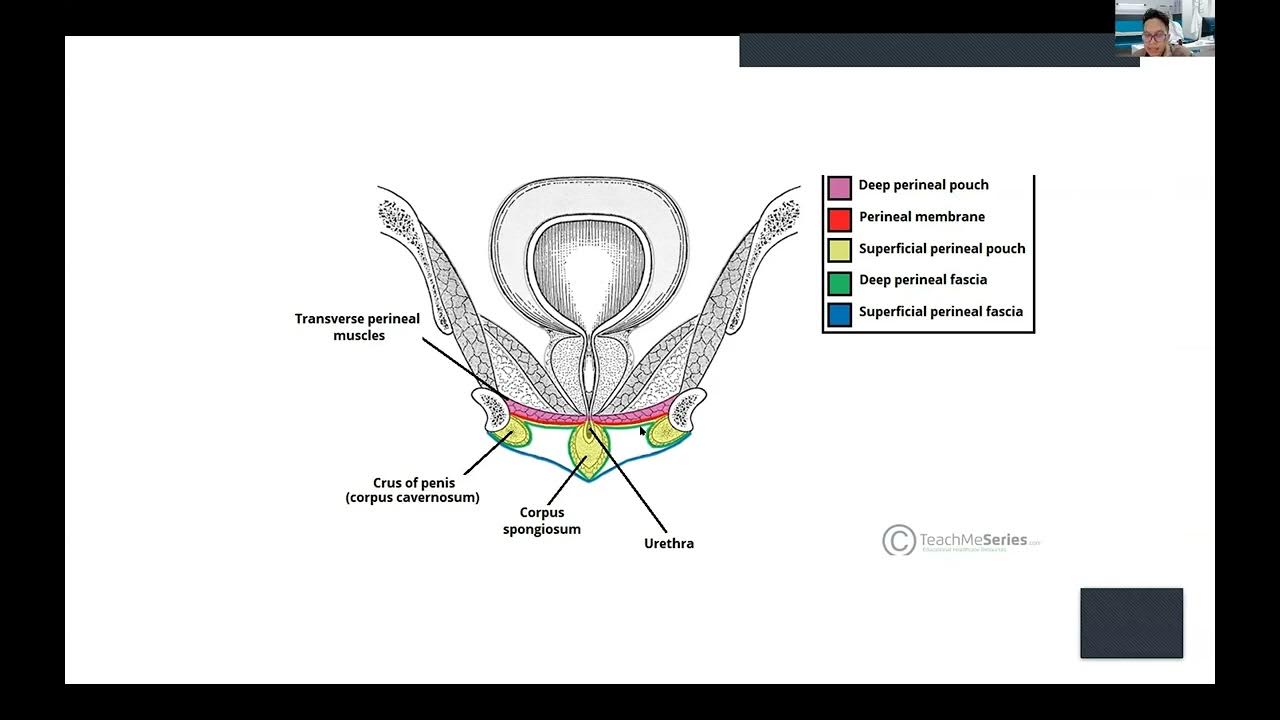🥇 Anatomía del OJO 3/3 - Medios de Refracción, Cámaras del Ojo, Humor Acuoso, Cuerpo Vítreo
Summary
TLDRThis video concludes a series on the anatomy of the eyeball, focusing on its refractive structures. It explains the role of the cornea, lens, vitreous body, aqueous humor, and vitreous humor in refraction. The script delves into the lens's structure, the eye's chambers, and the importance of the aqueous humor's production and reabsorption. It also touches on cataracts and glaucoma, emphasizing the eye's intricate mechanisms for clear vision.
Takeaways
- 👁️ The video discusses the refractive structures of the eye, focusing on the cornea, lens, vitreous body, aqueous humor, and vitreous humor.
- 🌐 The cornea is the most important refractive structure due to its high refractive power and is part of the anterior segment of the eye.
- 🔍 The lens, located behind the iris, is suspended by the suspensory ligaments and is responsible for fine-tuning the focus of the eye.
- 👀 The iris divides the eye into the anterior and posterior chambers, with the anterior chamber situated between the cornea and iris, and the posterior chamber between the iris and lens.
- 💧 The aqueous humor is a liquid produced by the ciliary processes and iris blood vessels, filling the anterior and posterior chambers and providing nutrients to the cornea and lens.
- 🔬 The lens has a convex shape and is made up of a capsule, cortex, and a hard nucleus, which allows it to change shape for focusing.
- 👁️🗨️ The vitreous body is a gelatinous structure that occupies the posterior segment of the eye and is in contact with the retina.
- 🧬 The vitreous humor, rich in hyaluronic acid, fills the vitreous body and has a consistency similar to the aqueous humor but with more polysaccharides.
- 📏 The distances between the anterior face of the lens and the cornea, and from the lens to the retina, are crucial for understanding eye focusing mechanisms.
- 🚫 Cataracts are a condition where the lens becomes cloudy, affecting its transparency and potentially impairing vision.
- 🌡️ Increased intraocular pressure due to issues with aqueous humor production or reabsorption can lead to glaucoma, a serious eye condition.
Q & A
What are the three main refractive structures of the eye mentioned in the video?
-The three main refractive structures of the eye mentioned in the video are the cornea, the lens, and the vitreous body.
Why is the cornea considered the most important refractive structure?
-The cornea is considered the most important refractive structure because it has the greatest refractive power among the eye's refractive structures.
What is the iris and how does it relate to the anterior and posterior chambers of the eye?
-The iris is the colored part of the eye that surrounds the pupil. It divides the eye into the anterior chamber, which is in front of the iris, and the posterior chamber, which is behind the iris.
What is the function of the suspensory ligaments of the lens?
-The suspensory ligaments of the lens, also known as the ciliary zonula, hold the lens in place and allow it to change shape, which is crucial for focusing on objects at different distances.
Describe the structure and location of the vitreous body in the eye.
-The vitreous body is a gelatinous structure located in the posterior segment of the eye, behind the lens. It occupies most of the volume of the eye and is in contact with the retina.
What is the aqueous humor and where is it located within the eye?
-The aqueous humor is a liquid that bathes the anterior segment of the eye, specifically in the anterior chamber in front of the lens and the posterior chamber behind the iris.
How does the lens change its shape to focus on objects at different distances?
-The lens can elongate, stretch, and become less wide in an anteroposterior sense, adopting its main shape according to the eye's focusing needs, facilitated by the action of the suspensory ligaments.
What is the approximate diameter and central thickness of the lens?
-The lens has an approximate diameter of one centimeter and a central thickness of about 5 millimeters.
What is the condition known as cataracts and how does it affect the lens?
-Cataracts is a condition where the lens becomes cloudy or opaque, affecting its transparency and causing a decrease in vision clarity. It is often associated with aging and can be treated with surgery.
What is the role of the hyaloid membrane and vitreous humor in the eye?
-The hyaloid membrane, also known as the vitreous membrane, covers the eye and is in contact with the retina. The vitreous humor, inside the vitreous body, has a gel-like consistency and is rich in polysaccharides, especially hyaluronic acid, providing structural support to the eye.
How is the aqueous humor produced and reabsorbed within the eye?
-The aqueous humor is produced by the ciliary processes and blood vessels of the iris. It circulates through the posterior and anterior chambers, and is reabsorbed at the Schlemm's canal located at the corneoscleral iridium angle.
What is the normal intraocular pressure range and what can cause it to increase?
-The normal intraocular pressure range is 5 to 21 millimeters of mercury, with an average of 15. An increase in this pressure can be caused by overproduction of aqueous humor or issues with its reabsorption, potentially leading to glaucoma.
Outlines

このセクションは有料ユーザー限定です。 アクセスするには、アップグレードをお願いします。
今すぐアップグレードMindmap

このセクションは有料ユーザー限定です。 アクセスするには、アップグレードをお願いします。
今すぐアップグレードKeywords

このセクションは有料ユーザー限定です。 アクセスするには、アップグレードをお願いします。
今すぐアップグレードHighlights

このセクションは有料ユーザー限定です。 アクセスするには、アップグレードをお願いします。
今すぐアップグレードTranscripts

このセクションは有料ユーザー限定です。 アクセスするには、アップグレードをお願いします。
今すぐアップグレード関連動画をさらに表示

Anatomy of The Human Eye Ball | Structure & Function | Cornea & Sclera

Special Senses | Inner Ear Anatomy

Skull Bones: Viscerocranium (Facial Skeleton + Hyoid Bone)

intro la eksternal genitalia wanita_Tegar Fitriyana Sukaya Karso, dr.

Sistem reproduksi manusia part 1 - Biologi kelas 11 SMA

External Spinal Cord (Surface, Segments, Spinal Nerve, Enlargements, Reflex Arch) - Anatomy
5.0 / 5 (0 votes)
